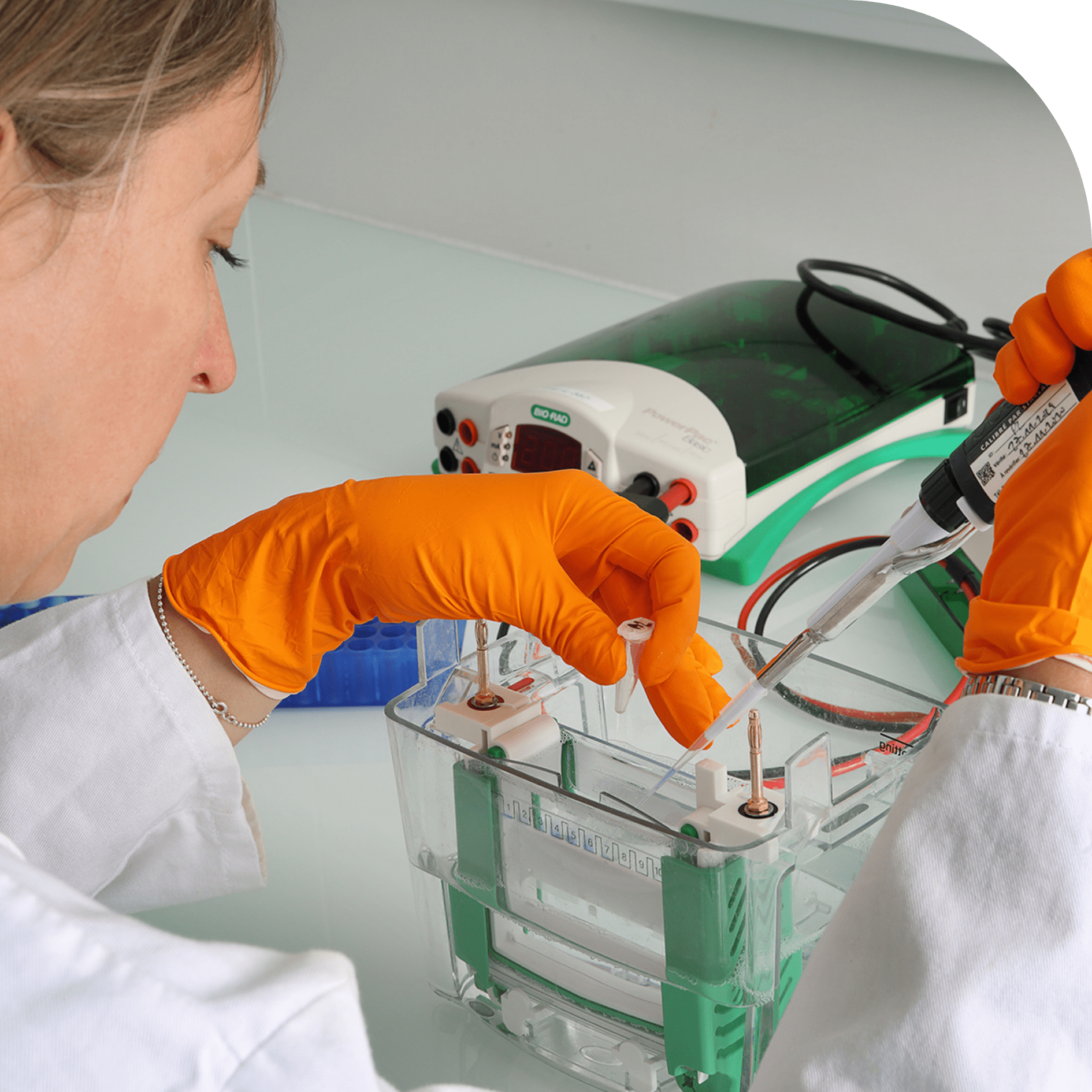To celebrate International Women’s Day, discover all the portraits of Liryc’s Women in Science committed to advance research and provide better care for heart rhythm diseases.

Sabine Charron joined the Liryc Institute in 2013 as a Research Engineer in Cellular and Molecular Biology.
Sabine is an integral part of the “Physiopathology” research team at Liryc, where she works at the molecular level. Her research revolves around studying the expression of messenger RNAs and proteins in conditions like ventricular fibrillation and atrial fibrillation. Through these experiments, the ultimate aim is to gain a deeper understanding of heart function and develop innovative diagnostic and therapeutic approaches for patients with heart rhythm disorders.
“I consider myself lucky to be involved in a variety of missions, which blend hands-on experiments in the laboratory with daily result analysis.”

Manon Desclides is an engineer and PhD student in the Liryc Institute’s Imaging team since 2019.
Manon is a PhD student and engineer in Liryc’s Imaging team, working with start-up CERTIS Therapeutics – a specialist in MRI-guided mini-invasive therapies. Her research focuses on developing an MRI-guided laser thermo-ablation device.
“I like to understand what’s around me, but I also embrace the unknown. This curiosity drives me forward, and it is a fundamental quality for a successful scientific career.”

Mariette Dupuy, PhD student in the Signal Processing team at Liryc since 2020
Mariette is currently in the second year of her PhD, working in the Signal Processing team at Liryc. Her research project focuses on developing a mathematical algorithm using artificial intelligence to predict sudden cardiac death.
“Throughout my Data Scientist training, I had the desire to apply mathematical concepts to very concrete subjects, particularly in the field of healthcare.”

Dounia El Hamrani is a Research Engineer in the Liryc Imaging team
Dounia is a Research Engineer at Liryc, part of the Imaging team, with a Ph.D. in Biology specialized in magnetic resonance imaging (MRI). Her role involves providing guidance and ensuring the implementation and analysis of experiments using MRI.
“My greatest pride is successfully combining my passion for biology with a technical specialization like MRI. It enables non-invasive observation of living organisms, addressing scientific inquiries, and aiding in disease diagnosis.”

Ndeye Rokhaya Faye is a post-doctoral researcher in Liryc’s Pathophysiology team.
Rokhaya ensures the scientific coordination of clinical research projects to measure and understand the involvement of the nervous system in heart rhythm disorders in patients. The goal is to better identify individuals at risk and develop new diagnostic and therapeutic strategies.
“Today, I am proud to contribute, in my own way, to prevention, the improvement of diagnostic tools, and better management of cardiac rhythm disorders.”

Maider Piquet is Coordinator of the Remote Monitoring Centre for chronic diseases and connected devices and Reference Center for Rare Diseases at Bordeaux University Hospital/Liryc .
Maider coordinates and develops activities dedicated to the treatment of patients with heart rhythm disorders, at the Centre for Remote Monitoring and the CMARY Reference Center for Inherited Rhythmic Diseases.
“Curiosity and perseverance are key. Thanks to our energy and dedication, we can help develop knowledge about diseases and improve patients’ lives. That’s what my job is all about!”

Estelle Renard is a postdoctoral researcher in the Pathophysiology team at Liryc.
Estelle’s main focus is on performing optical mapping experiments, a cutting-edge technique that offers precise visualization of cardiac electrical activity. Her ultimate goal is to enhance the understanding of cardiac arrhythmias’ origins, leading to improved diagnostic and risk stratification for sudden cardiac death.
“Being a researcher in the healthcare field is exciting: it strikes a perfect balance between intellectual and hands-on tasks!”